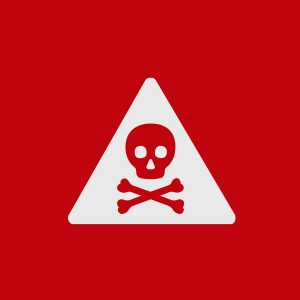View Incidents
Yallourn
-

Unit trip: Yallourn
Learn moreA unit trip is an incident where an entire unit of a coal power station reduces its generation to zero. Source: OpenNEM, The Australia Institute
-

Unit trip: Yallourn
Learn moreA unit trip is an incident where an entire unit of a coal power station reduces its generation to zero. Source: OpenNEM, The Australia Institute
-

Unit trip: Yallourn
Learn moreA unit trip is an incident where an entire unit of a coal power station reduces its generation to zero. Source: OpenNEM, The Australia Institute
-

Unit trip: Yallourn
Learn moreA unit trip is an incident where an entire unit of a coal power station reduces its generation to zero. Source: OpenNEM, The Australia Institute
-

Unit trip: Yallourn
Learn moreA unit trip is an incident where an entire unit of a coal power station reduces its generation to zero. Source: OpenNEM, The Australia Institute
-

Yallourn Coal Power Station releases 48kg of arsenic
Learn moreYallourn Coal Power Station reports releasing 48kg of arsenic & compounds in the year to 30 June 2019.
-

Yallourn Coal Power Station releases 4,266 tonnes of hydrochloric acid
Learn moreYallourn Coal Power Station reports releasing 4,266 tonnes of hydrochloric acid in the year to 30 June 2019.
-

Yallourn Coal Power Station releases 407kg of mercury
Learn moreYallourn Coal Power Station reports releasing 407kg of mercury & compounds in the year to 30 June 2019, the second largest amount of any Australian power station.
-

Yallourn Coal Power Station releases 12,644 tonnes of oxides of nitrogen
Learn moreYallourn Coal Power Station reports releasing 12,644 tonnes of oxides of nitrogen in the year to 30 June 2019.
The Australian government says people who live near coal burning power plants may be exposed to higher levels of nitrogen oxides. Even low levels of exposure can impact an individual’s eyes, nose, throat and lungs. -

Yallourn Coal Power Station releases 2,213 tonnes of PM10
Learn moreYallourn Coal Power Station reports releasing 2,213,095kg of PM10 in the year to 30 June 2019. PM10 is small particulate matter which can cause serious health effects.
The Australian government says it has been linked to increased respiratory symptoms and premature death.